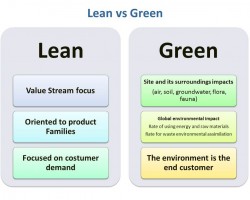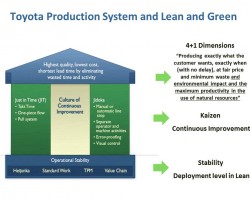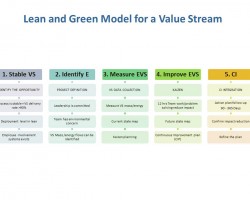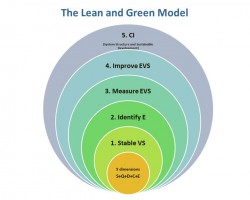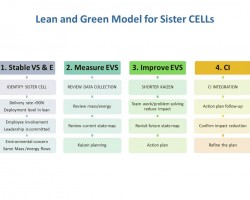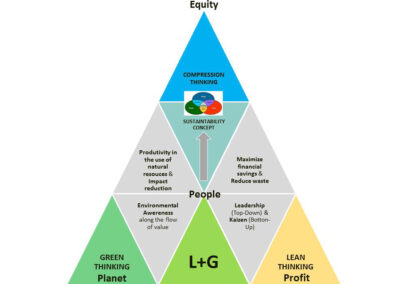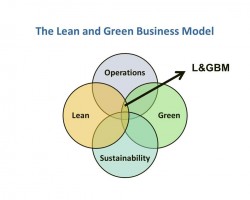THE GREEN FACTORY – CREATING LEAN AND SUSTAINABLE MANUFACTURING
tells the story of how GKN, a major British multinational corporation with operations in more than 30 countries, developed and implemented a Lean and Green Business Model (L&GBM) in two of its automotive facilities in Brazil. It provides practical insight into how GKN was able to develop and deploy Lean and Green in a manner that resulted in environmental and cost benefits in the automotive facilities that operated in Brazil’s high-inflation environment.
Detailing proven concepts and sustainable models derived from the authors’ first-hand experiences, the book supplies information against the backdrop of two of GKN’s automotive manufacturing facilities. The authors take an inside-out approach, describing the real issues Environmental Health & Safety professionals face when implementing sustainable manufacturing policies.

In this book, the authors add a great deal of experiential insight into a subject that should be attracting much more attention – the merging of Lean process improvement with environmental process improvement… A strength of this book is that it characterizes failed and mediocre projects as well as the kind that proponents like to toot.
Derived and written from the authors’ first- hand experiences…

Dr Andrea Pampanelli


This book proposes a new model, the Lean and Green Business Model (L&GBM), where the environmental aspect of sustainability is integrated with Lean thinking in order to create a way of thinking that contributes to and balances the three sustainability dimensions of people, profit, and planet. The model presented uses a kaizen approach that will help readers improve mass and energy flows in manufacturing environments that already possess a deployment level in applying Lean.
Identifying Environmental Wastes Is Challenging.
The obvious mass wastes can be easily identified as shown below. However, finding, identifying and measuring other green wastes like gases, air (pressured), chemicals and liquids is more difficult. Through the inclusive kaizen approach detailed in the book, a way of getting to see and capture these wastes is explained.
Useful Downloads
- L&GBM for a Cell – Journal of Cleaner Production – English
- L&GBM for a VS – Advances in Cleaner Production Conference SP – English
- Sustainable Manufacturing – Springer – English
- GKN L&G Model – Cleaner Production Conference POA – Portuguese
- A Lean and Green Kaizen Model – POMS – English
- Lean and Green for a Cell – PUC Environmental Conference POA – Portuguese
With the publication of The Green Factory, Andrea and her co-authors Neil and Pauline, have pushed the boundaries even further. The book extends the ‘adjacent possible’ of Lean and Green to develop the Lean and Green Business Model, taking as it does the best from ‘planet, people and profit’ and showing the application at cell, factory, and ‘extended product’ areas. Of particular importance is the eminently practical guidance material on how to do kaizen activities in such areas … an extended case study of implementing the Lean and Green Business Model in a major international company. This makes it uniquely valuable.
What Problem Does This Book Solve?
This book tackles the 3 key questions for manufacturing.
- How do you progress lean improvement beyond the classic 7 lean wastes?
- How can you leverage the inclusive approach of lean to include environmental thinking?
- How can environmental deployment be enhanced rather than just compliance or top-down directives?
This book successfully combines 2 manufacturing methods. It identifies the Lean deployment level required to successfully be able to “add on” environmental implementation through kaizen and continuous improvement. Conversely, it demonstrates how environmental thinking can be combined successfully as an add-on to established lean implementation. It sets out the lean and green business model, which combines both methodologies.
Models and diagrams from the book. Click to expand.



